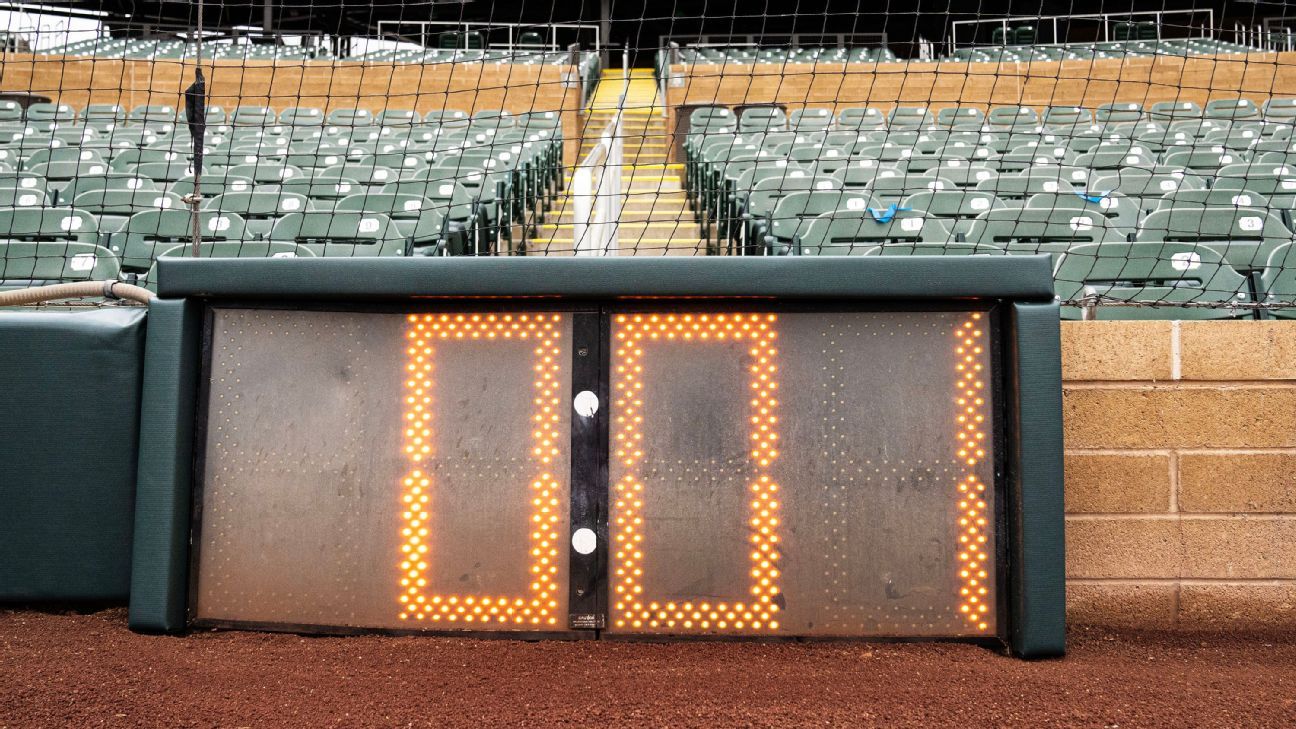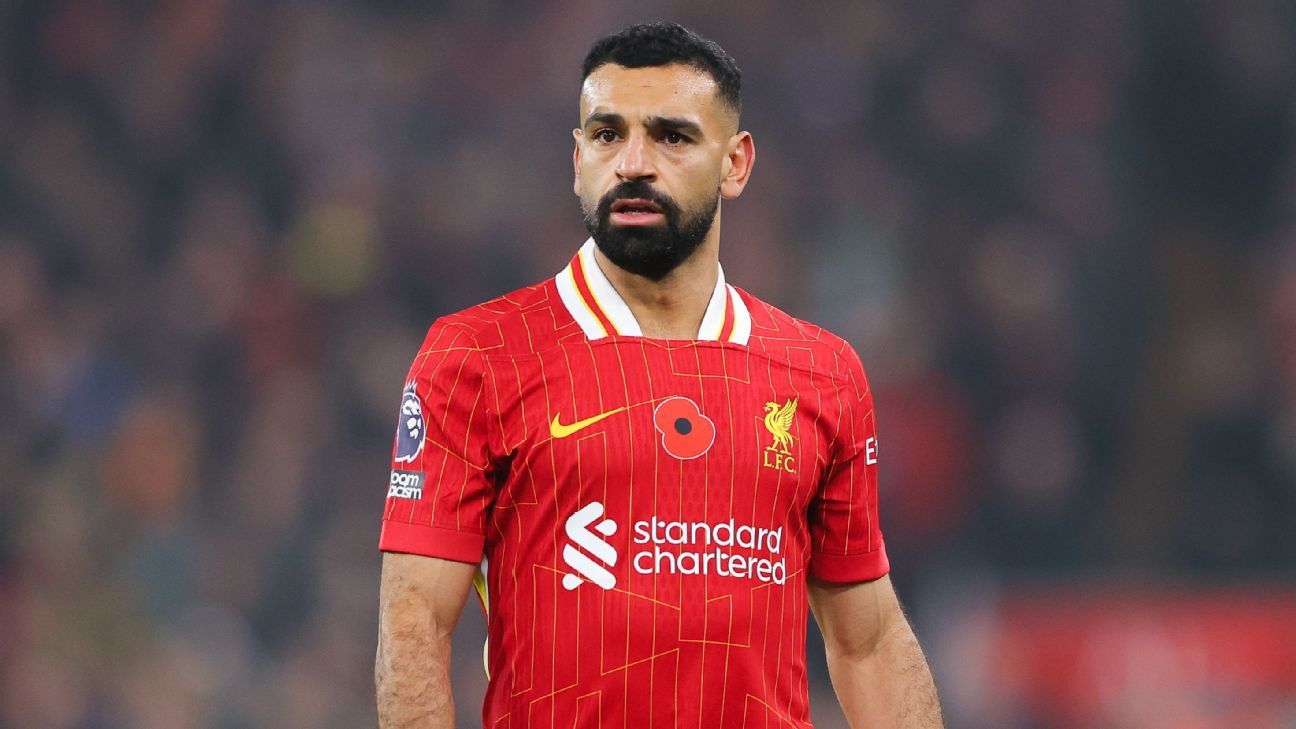
SEATTLE -- The Major League Baseball Players Association would like the league to soften the pitch timer rule as the 2023 season approaches the playoffs, but commissioner Rob Manfred is leaning toward keeping the current one in place.
"I don't think there are too many folks that want to have a new rule affect a game in a pennant chase or in the playoffs," MLBPA executive director Tony Clark said Tuesday. "There are adjustments that can be beneficial."
Soon after Clark spoke with reporters on the subject, Manfred was asked if there was a chance that MLB would tweak the current rules, which allow for 15 seconds between pitches when the bases are empty and 20 seconds when runners are on.
"In general, I think you ought to play the postseason the way you play the regular season," Manfred said. "We are comfortable the way the clock and the violations -- particularly late in the game, in high-leveraged situations -- have been managed."
Players aren't suggesting getting rid of the clock entirely -- just tweaking it enough to provide extra time, especially in those high-leverage moments. That includes potentially adding seconds to the clock, approving extra timeouts or disengagements or any number of other ideas which Clark said would give players a chance to "breathe."
"Considering you just played a 162-game season [with a pitch clock], nobody is looking to play 3½- to 4-hour games," Clark said. "I don't think a few seconds here or there is going to create a 3½- to 4-hour game."
According to league data, pitch clock violations have decreased over time this season, but Manfred admits it could impact an important game in October.
"We don't want a postseason game decided on a violation," Manfred said. "We haven't had a game decided that way [so far]. I understand it's a possibility."
Both sides indicate they'll continue the conversation into the second half of the season, but the league didn't afford the players much say in the initial decision on the current pitch clock times and Clark isn't sure if MLB will listen this time around.
"Something that we are concerned about moving forward has to do with the input players offer at the outset," Clark said. "They didn't land in a fashion that we hoped, to try and smooth out some of the rough edges earlier.
"The lines of communication are open; we're glad that they are. We're hopeful that despite some of the things not being included in the conversation initially that they may be considered down the stretch."
Manfred also reiterated an earlier stance that a challenge system for balls and strikes is more likely to be implemented than a fully automated system, though it might not appear in the big leagues in 2024. The league doesn't believe it has the technology 100 percent figured out to make every right call.
MLB is also still working on creating a baseball that provides some stickiness for pitchers. Experiments in the minor leagues are ongoing.
"We continue to work with the people at Dow chemical on developing a tacky ball that would eliminate many of the variables in the current process," Manfred said. "It would come out of a sealed, foil pouch at the ballpark."















 Phone: (800) 737. 6040
Phone: (800) 737. 6040 Fax: (800) 825 5558
Fax: (800) 825 5558 Website:
Website:  Email:
Email: 






